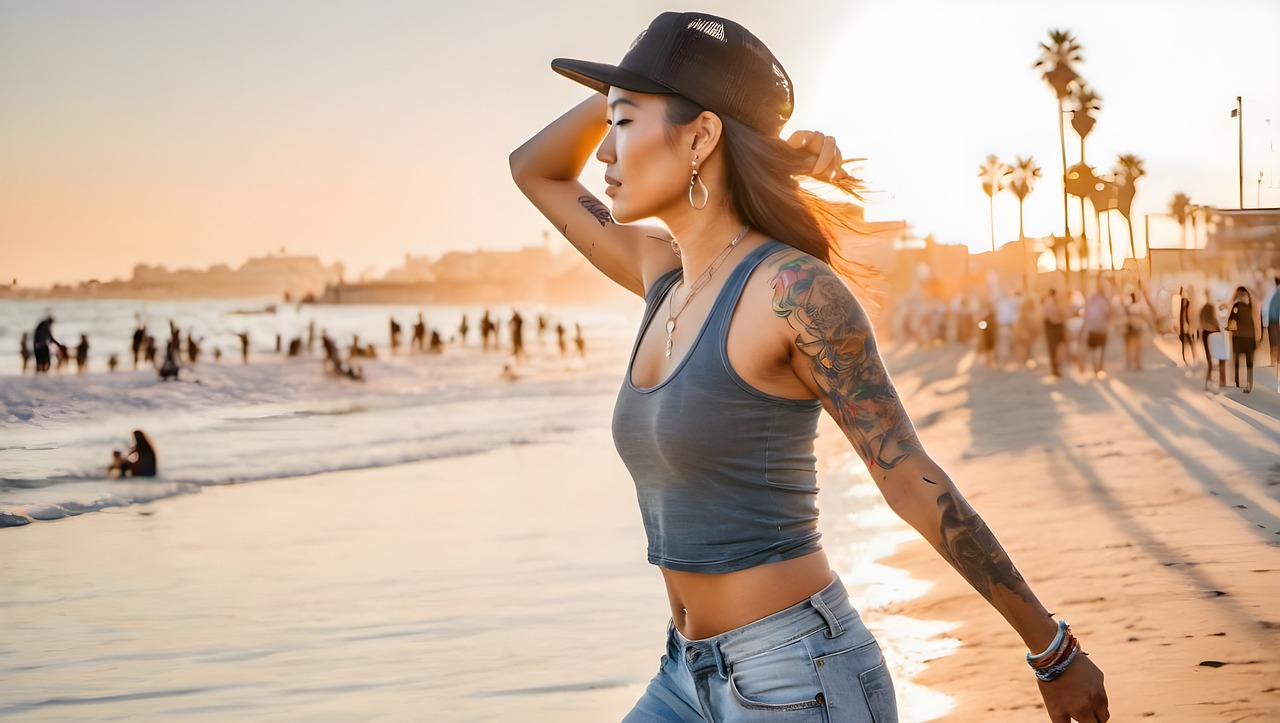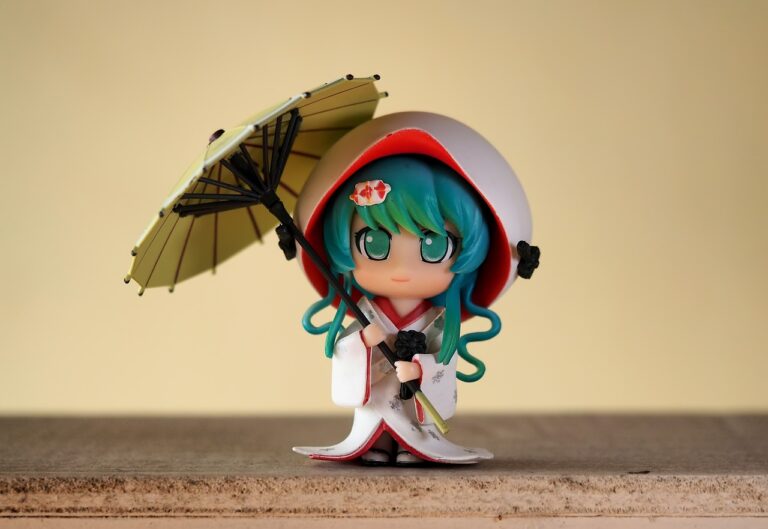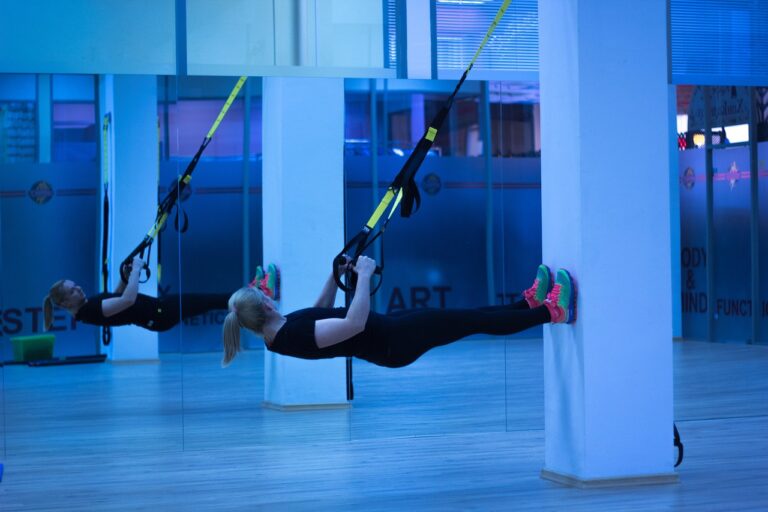Fashion and Artificial Intelligence: How AI is Reshaping the Design Process
Fashion design has been significantly impacted by the integration of artificial intelligence (AI) technologies in recent years. Designers are now able to harness the power of AI to streamline their creative process, from ideation to production. By utilizing AI-generated algorithms and data analysis, designers can gain valuable insights into consumer preferences and market trends, allowing for the creation of more targeted and innovative designs.
Moreover, AI has revolutionized the customization and personalization of fashion products. Through the use of AI-powered tools, designers can now tailor their designs to meet the unique preferences and requirements of individual customers. This level of personalized customization has not only enhanced the overall shopping experience for consumers but has also opened up new possibilities for designers to create truly unique and one-of-a-kind pieces.
• AI technologies have streamlined the creative process for designers
• Designers can gain valuable insights into consumer preferences and market trends using AI-generated algorithms
• Customization and personalization of fashion products have been revolutionized by AI-powered tools
• Personalized customization has enhanced the overall shopping experience for consumers
• Designers now have new possibilities to create truly unique and one-of-a-kind pieces
AI-Powered Trend Forecasting in Fashion
AI-powered trend forecasting in the fashion industry has revolutionized the way designers, retailers, and consumers engage with trends. By analyzing vast amounts of data quickly and efficiently, AI technology enables fashion professionals to predict upcoming styles and preferences with unprecedented accuracy. This advanced forecasting allows brands to stay ahead of the curve, creating collections that resonate with their target audience and ultimately boosting sales.
Moreover, AI-powered trend forecasting brings a new level of efficiency to the fashion industry. By streamlining the trend analysis process, designers can allocate more time to creativity and innovation, resulting in a faster turnaround from concept to product. This agile approach not only benefits fashion brands by keeping them relevant in a fast-paced market but also enhances the overall consumer experience by offering fresh and on-trend products.
Enhancing Personalized Recommendations through AI
With the rapid advancements in technology, the fashion industry is witnessing a transformation in how personalized recommendations are made to consumers. Artificial Intelligence (AI) is playing a pivotal role in revolutionizing the way brands engage with their customers. By analyzing vast amounts of data on consumer preferences, purchase history, and browsing habits, AI algorithms can provide tailored product suggestions that align with individual tastes and preferences.
One key advantage of leveraging AI for personalized recommendations in fashion is the ability to forecast future trends accurately. By utilizing machine learning algorithms, AI can analyze current fashion trends, social media influences, and consumer behavior patterns to predict upcoming styles with high precision. This proactive approach not only enhances the shopping experience for customers but also enables brands to stay ahead of the curve and capitalize on emerging trends swiftly.
How has AI impacted the evolution of fashion design?
AI has revolutionized fashion design by allowing designers to create innovative designs, predict trends, and personalize recommendations for customers.
How does AI-powered trend forecasting work in the fashion industry?
AI-powered trend forecasting uses algorithms to analyze vast amounts of data from social media, runway shows, and online shopping behavior to predict upcoming trends in the fashion industry.
How can AI enhance personalized recommendations for customers?
AI can analyze customer data such as purchase history, browsing behavior, and preferences to provide personalized recommendations tailored to each individual’s unique style and preferences.







